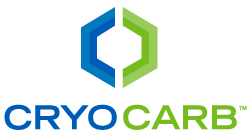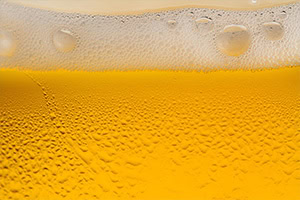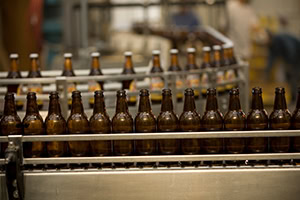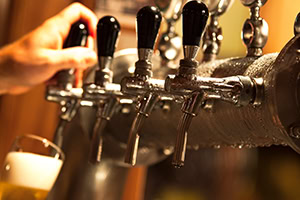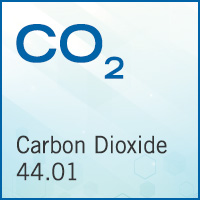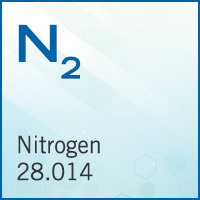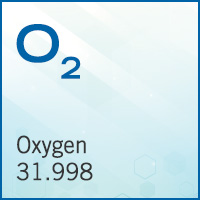Beer Brewing
CryoCarb™ provides beverage grade carbon dioxide and nitrogen to brewpubs, microbreweries and regional breweries in southern Wisconsin and northern Illinois. Our gases are used throughout the beer making process.
Growing Yeast Cultures
During the fermentation process, oxygen can be used to promote yeast respiration and growth.
Blanketing Tanks and Barrels
Blanketing refers to carbon dioxide that sits atop of tanks or barrels to protect your beer from oxygen. This is possible because carbon dioxide is heavier than air.
Pressure Transfer from Tanks and Barrels
A pressure transfer technique is used to transfer beer without any exposure to oxygen. Carbon dioxide and nitrogen are used in this process.
Carbonation
Carbonation is achieved through direct or forced carbon dioxide infusion into the beer. It is a fast, effective and controllable method of carbonation.
Can and Bottle Purging
Cans and bottles are blasted or purged with carbon dioxide to clean the containers. Before seating the lid, a shot of CO2 is injected into the can or bottle to displace oxygen.
Cleaning Vessels
Carbon dioxide is used to purge fermenters and clean kegs before being filled with beer.
Dispensing
From keg to your glass, carbon dioxide and nitrogen gases are used to provide the perfect pour. Too much gas creates foamy beer and too little results in flat beer. Typically, one pound of CO2 dispenses about one half barrel of beer. A blend of nitrogen and CO2 is used for some lagers, stouts and nitro beers.
Solve your gas ALE-ments and call us at (888) 254-5937
Related Industries/Applications
FaB Wisconsin
We are a proud member of FaB Wisconsin, the state’s vibrant food and beverage industry cluster organization. FaB has over 200 members with a focus on food, beverage, ingredient, equipment and packaging makers.
